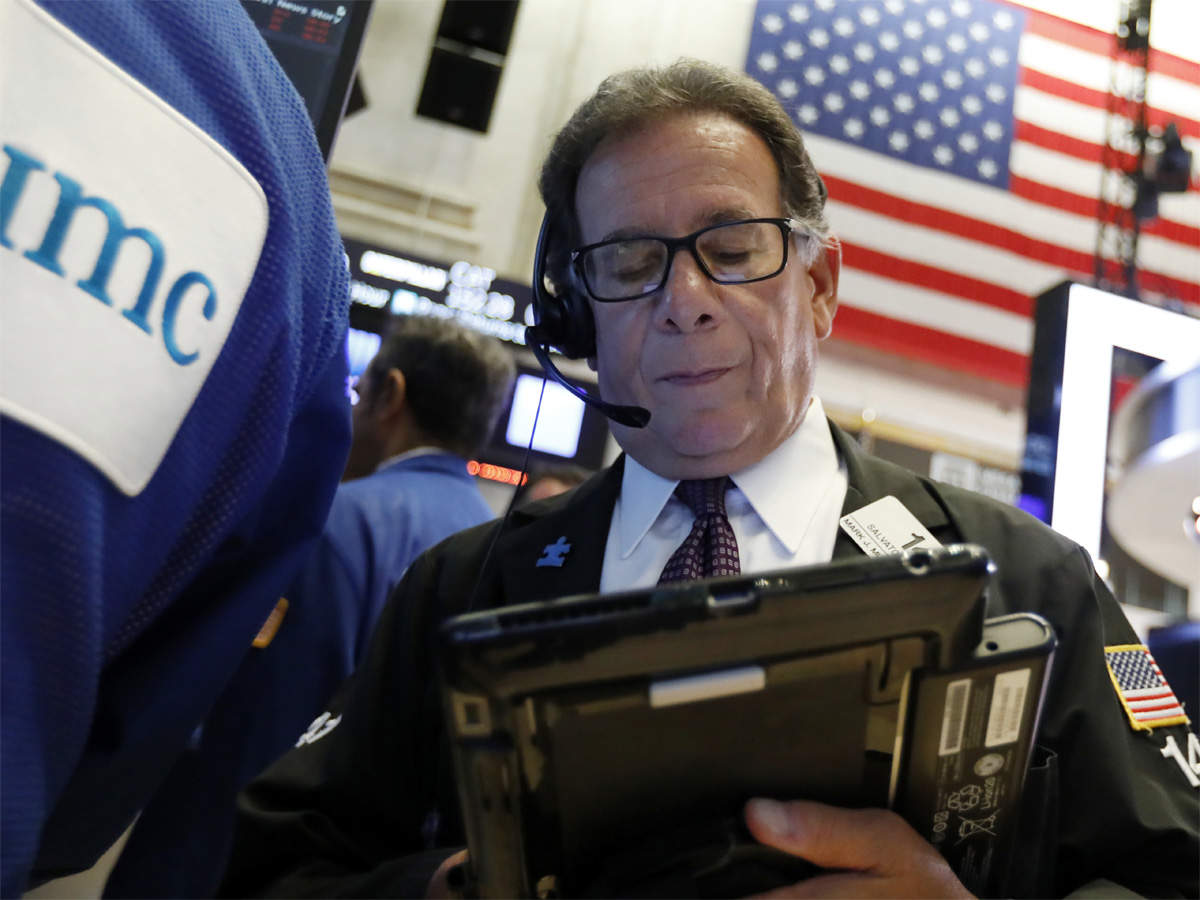INSUBCONTINENT EXCLUSIVE:
recession or it has just developed a short-term kink that can be explained away by technical reasons.
Whatever the reason, investors and
Washington Crossing Advisors in New Jersey
closely studied recession harbingers such as the gap between 2-year and 10-year note yields
In the current instance, yields on 5-year notes have dropped below those on both 2-year and 3-year securities.
Still, in December 2005, for
instance, a comparable inversion at the front of the curve was followed shortly afterward by an inversion between 2-and 10-year yields
The Great Recession began in December 2007.
That pattern was also evident in late 1988 in advance of the 1990 recession
Ahead of the 2001 recession, the entire curve dropped into inversion in sync in February 2000.
TECHNICAL GLITCH OR FUNDAMENTAL WARNINGIn the
current instance, investors and economists are debating whether this warns of economic weakness ahead or if it reflects other factors, such
focus is whether it means the market is second guessing the Fed, which has been raising interest rates for three years and is expected to
lift them further, including at their next meeting in two weeks.
Jeffrey Gundlach, chief executive officer of DoubleLine Capital and a
closely watched bond investor, comes down on the side of it being a fundamental signal
a record level of bets on declines in Treasury prices through the futures market, with the heaviest bets lodged against 5-year maturities
But they have slashed those by more than half in the last few weeks, and that may have contributed to the out-sized rally in 5-year note
Research Associates in New York
suppressing longer-dated yields.
RECORD ECONOMIC EXPANSIONThose potential explanations aside, the US economy is in the middle of its
second-longest expansion on record, and economists and investors are mindful that a downturn is inevitable.
Some business sectors like auto
and housing are flagging due partly to rising interest rates, while debt-laden companies have raised concerns whether they could keep up
with their debt payments as borrowing costs are rising.
Fed officials have cited these developments that bear watching, but several of them
have repeatedly cautioned about the inversion of yield curve as the most reliable indicator that a recession is on the horizon.
Some traders
solid jobs and wage growth.
While the risk of the entire yield curve inverting grows in anticipation of slower domestic growth, the economy
but trade tension between Washington and major US trade partners looms as a possible economic drag, analysts said.
And, even if the latest
kink in the yield curve is indeed the first signal of a downturn as many suspect, it does not indicate when it will actually begin nor how

